Home>Furniture & Design>Interior Design Trends>How To Determine If Glass Is Oven Safe
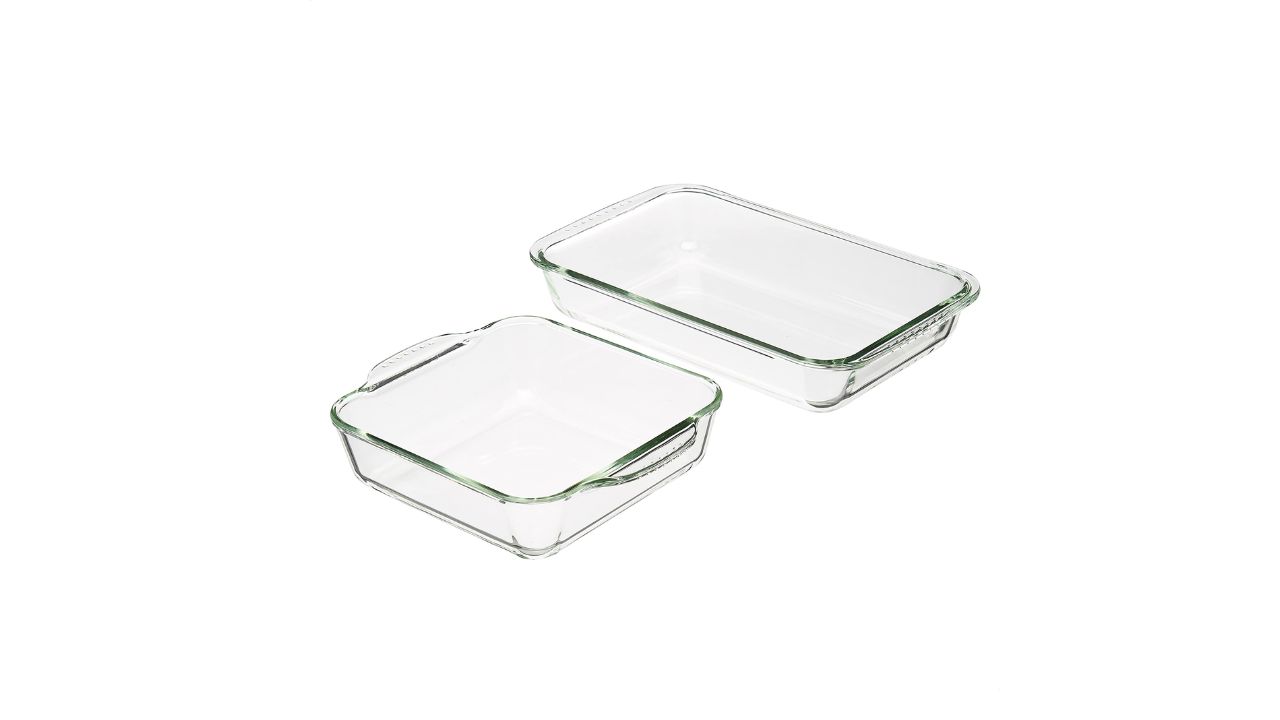

Interior Design Trends
How To Determine If Glass Is Oven Safe
Modified: February 18, 2024
Learn how to determine if glass is oven safe and keep up with the latest interior design trends. Make sure your glassware is both stylish and functional!
(Many of the links in this article redirect to a specific reviewed product. Your purchase of these products through affiliate links helps to generate commission for Storables.com, at no extra cost. Learn more)
Introduction
When it comes to cooking and baking, the type of cookware and bakeware you use can significantly impact the outcome of your culinary creations. Glassware, in particular, is a popular choice for its versatility and aesthetic appeal. However, not all glassware is suitable for use in the oven. Understanding how to determine if glass is oven safe is crucial for ensuring the safety of your kitchen endeavors and the longevity of your glassware.
Oven-safe glass is specially designed to withstand the extreme temperature fluctuations experienced during baking and roasting. Using non-oven-safe glass in high-temperature environments can lead to catastrophic consequences, including shattering and potential harm to you and your food. Therefore, it's essential to familiarize yourself with the characteristics of oven-safe glass and the methods for identifying it.
In this comprehensive guide, we will delve into the intricacies of oven-safe glass, providing you with the knowledge and tools necessary to make informed decisions about the suitability of your glassware for oven use. By understanding the key indicators of oven-safe glass and learning practical testing methods, you can cook and bake with confidence, knowing that your glassware is up to the task.
Whether you're a seasoned home cook or a passionate baker, the ability to discern the oven safety of your glassware is a fundamental aspect of kitchen safety and culinary success. So, let's embark on this enlightening journey to unravel the mysteries of oven-safe glass and empower you with the expertise to make prudent choices in your kitchen.
Key Takeaways:
- Ensure your glassware is oven safe by checking for labels, consulting manufacturer guidelines, and conducting practical tests like the thermal shock test. Prioritize safety and performance in your culinary adventures!
- Look for borosilicate glass, known for its thermal resilience, when selecting oven-safe glassware. Use practical testing methods to ensure your glassware can withstand the heat of the oven and keep your kitchen safe.
Read more: How To Tell If Glass Is Oven-Safe
Understanding Oven-Safe Glass
Oven-safe glass is specifically engineered to withstand the rigors of high-temperature environments, making it a reliable choice for baking, roasting, and broiling. Unlike regular glassware, which may succumb to thermal stress and shatter when exposed to rapid temperature changes, oven-safe glass is designed to endure these fluctuations without compromising its structural integrity.
The key distinguishing feature of oven-safe glass is its thermal resistance. This type of glass is formulated to withstand the thermal shock that occurs when it transitions from one temperature extreme to another. This resilience is attributed to the composition of the glass, which undergoes a special thermal treatment during the manufacturing process to enhance its durability and heat resistance.
Borosilicate glass, renowned for its exceptional thermal properties, is commonly used in the production of oven-safe glassware. This type of glass exhibits a low coefficient of thermal expansion, meaning it is less prone to cracking or breaking when exposed to sudden temperature variations. As a result, borosilicate glass is a preferred material for oven-safe cookware and bakeware, offering a reliable solution for withstanding the demanding conditions of the oven.
Furthermore, oven-safe glass is often characterized by its ability to maintain stability at high temperatures. Whether it's a casserole dish, baking pan, or pie plate, oven-safe glassware is engineered to resist warping, discoloration, and degradation when subjected to the heat of the oven. This ensures that the glass retains its shape and functionality over numerous cooking cycles, providing a dependable vessel for your culinary endeavors.
In addition to its thermal resilience, oven-safe glass is designed to be non-porous and non-reactive, making it an ideal choice for food preparation and baking. The non-porous nature of the glass prevents it from absorbing odors, flavors, or stains, preserving the purity of your culinary creations. Moreover, its non-reactive properties ensure that it does not interact with acidic or alkaline ingredients, safeguarding the taste and quality of your dishes.
By understanding the distinctive characteristics of oven-safe glass, you can make informed decisions when selecting glassware for your kitchen. Whether you're investing in a new set of baking dishes or assessing the suitability of existing glassware for oven use, recognizing the traits of oven-safe glass empowers you to prioritize safety, durability, and performance in your culinary pursuits.
Methods for Determining Oven Safety
Determining the oven safety of glassware is a critical step in ensuring the integrity and functionality of your cookware and bakeware. Fortunately, there are several reliable methods for assessing the suitability of glass for use in the oven, allowing you to make informed decisions and mitigate the risk of potential hazards.
1. Manufacturer's Guidelines:
One of the most straightforward ways to determine the oven safety of glassware is to refer to the manufacturer's guidelines and product specifications. Many reputable glassware manufacturers provide clear indications of the oven-safe temperature range for their products. These guidelines offer valuable insights into the thermal limits of the glassware, enabling you to ascertain whether it can withstand the temperatures typically encountered during baking and roasting.
2. Product Labeling:
When purchasing new glassware, pay close attention to any labeling or markings that indicate its oven-safe properties. Look for specific labels such as "oven-safe," "ovenproof," or "thermal shock resistant," which signify that the glassware has been designed and tested for use in the oven. Additionally, some products may feature temperature recommendations or symbols that denote the maximum and minimum oven temperatures at which the glassware can be safely utilized.
Read more: How To Safely Break Glass
3. Research and Documentation:
In cases where the manufacturer's guidelines are not readily available or the glassware lacks explicit labeling, conducting research and referring to product documentation can provide valuable insights into its oven safety. Online resources, product manuals, and official documentation from the manufacturer can offer detailed information about the glassware's thermal capabilities and suitability for oven use. By leveraging these resources, you can gain a comprehensive understanding of the glassware's oven compatibility.
4. Visual Inspection:
Performing a visual inspection of the glassware can also yield clues about its oven safety. Examine the construction and thickness of the glass, looking for any signs of specialized reinforcement or heat-resistant features. Oven-safe glassware is often designed with thicker walls and reinforced edges to enhance its ability to withstand thermal stress. Additionally, certain types of oven-safe glass, such as borosilicate glass, may exhibit distinct visual characteristics that differentiate them from standard glassware.
5. Professional Consultation:
In situations where uncertainty persists regarding the oven safety of specific glassware, seeking professional consultation from experts in kitchenware or glass products can provide valuable clarification. These professionals can offer insights based on their expertise and industry knowledge, guiding you in evaluating the suitability of the glassware for oven use and addressing any concerns related to its thermal resilience.
By employing these methods for determining oven safety, you can make well-informed decisions regarding the selection and utilization of glassware in your culinary pursuits. Prioritizing the oven safety of glassware not only safeguards your cooking and baking experiences but also promotes a secure and reliable kitchen environment.
Testing Glass for Oven Safety
Testing glass for oven safety is a crucial step in ensuring the suitability of glassware for withstanding the extreme conditions present in the oven. While various methods exist for determining the oven safety of glassware, conducting practical tests can provide tangible evidence of its thermal resilience and suitability for use in high-temperature environments.
Read more: How To Pack Wine Glasses Safely
Thermal Shock Test:
One effective method for testing glass for oven safety is the thermal shock test. This involves subjecting the glassware to rapid temperature changes, simulating the conditions it would encounter in the oven. To perform this test, place the glassware in a preheated oven at the lower end of its specified temperature range. After a few minutes, carefully transfer the glassware to a cooler environment, such as a room-temperature surface or a heat-resistant mat. Observing the glass for any signs of cracking, warping, or structural compromise during this transition can provide valuable insights into its ability to withstand thermal shock.
Temperature Tolerance Test:
Conducting a temperature tolerance test is another practical approach to assess the oven safety of glassware. Begin by preheating the oven to a temperature within the recommended range for the glassware. Once the oven reaches the desired temperature, place the glassware inside and allow it to remain at that temperature for a specified duration, as indicated by the manufacturer's guidelines. After the allotted time, carefully remove the glassware from the oven and inspect it for any indications of damage or deformation. This test enables you to evaluate how the glassware responds to prolonged exposure to elevated temperatures, offering valuable insights into its thermal tolerance.
Water Quench Test:
The water quench test involves exposing the glassware to a sudden and significant temperature differential, mimicking the rapid cooling effect experienced when washing hot glassware. To perform this test, heat the glassware in the oven to the upper end of its specified temperature range. Once heated, carefully remove the glassware and promptly place it in a basin of room-temperature water. The contrast in temperature can reveal the glassware's resistance to thermal shock and its capacity to endure abrupt temperature changes without fracturing or compromising its structural integrity.
By employing these practical testing methods, you can gain a deeper understanding of the oven safety of glassware and make informed decisions about its suitability for use in baking and roasting. These tests provide tangible evidence of the glassware's ability to withstand the demanding conditions of the oven, empowering you to prioritize safety and performance in your culinary endeavors.
Conclusion
In conclusion, the ability to determine if glass is oven safe is a fundamental aspect of ensuring kitchen safety and culinary success. By understanding the characteristics of oven-safe glass and employing practical testing methods, individuals can make informed decisions when selecting glassware for use in baking, roasting, and broiling.
Oven-safe glass, distinguished by its thermal resistance, stability at high temperatures, non-porous nature, and non-reactive properties, offers a reliable solution for withstanding the rigors of the oven. Borosilicate glass, renowned for its exceptional thermal properties, is a common material used in the production of oven-safe glassware, providing durability and heat resistance.
Methods for determining oven safety, including referencing manufacturer's guidelines, product labeling, research and documentation, visual inspection, and professional consultation, equip individuals with valuable tools for assessing the suitability of glassware for oven use. These methods enable consumers to make well-informed decisions based on the glassware's thermal capabilities and oven compatibility.
Furthermore, conducting practical tests such as the thermal shock test, temperature tolerance test, and water quench test offers tangible evidence of the glassware's ability to withstand thermal stress and rapid temperature changes. These tests provide valuable insights into the glassware's thermal resilience, empowering individuals to prioritize safety and performance in their culinary pursuits.
By prioritizing the oven safety of glassware, individuals can mitigate the risk of potential hazards associated with using non-oven-safe glass in high-temperature environments. This proactive approach not only safeguards the integrity and functionality of the glassware but also promotes a secure and reliable kitchen environment, enhancing the overall culinary experience.
In essence, the knowledge and practical techniques shared in this guide serve to empower individuals with the expertise to discern the oven safety of glassware, fostering confidence and informed decision-making in the realm of cooking and baking. With a deeper understanding of oven-safe glass and the methods for determining its suitability, individuals can embark on their culinary endeavors with assurance, knowing that their glassware is well-equipped to withstand the heat of the oven and contribute to the creation of delightful and delectable dishes.
Frequently Asked Questions about How To Determine If Glass Is Oven Safe
Was this page helpful?
At Storables.com, we guarantee accurate and reliable information. Our content, validated by Expert Board Contributors, is crafted following stringent Editorial Policies. We're committed to providing you with well-researched, expert-backed insights for all your informational needs.
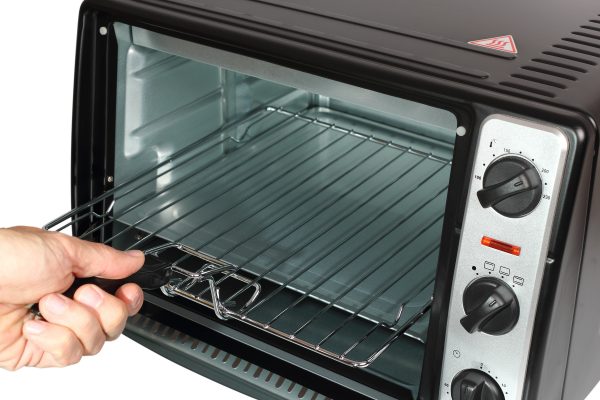
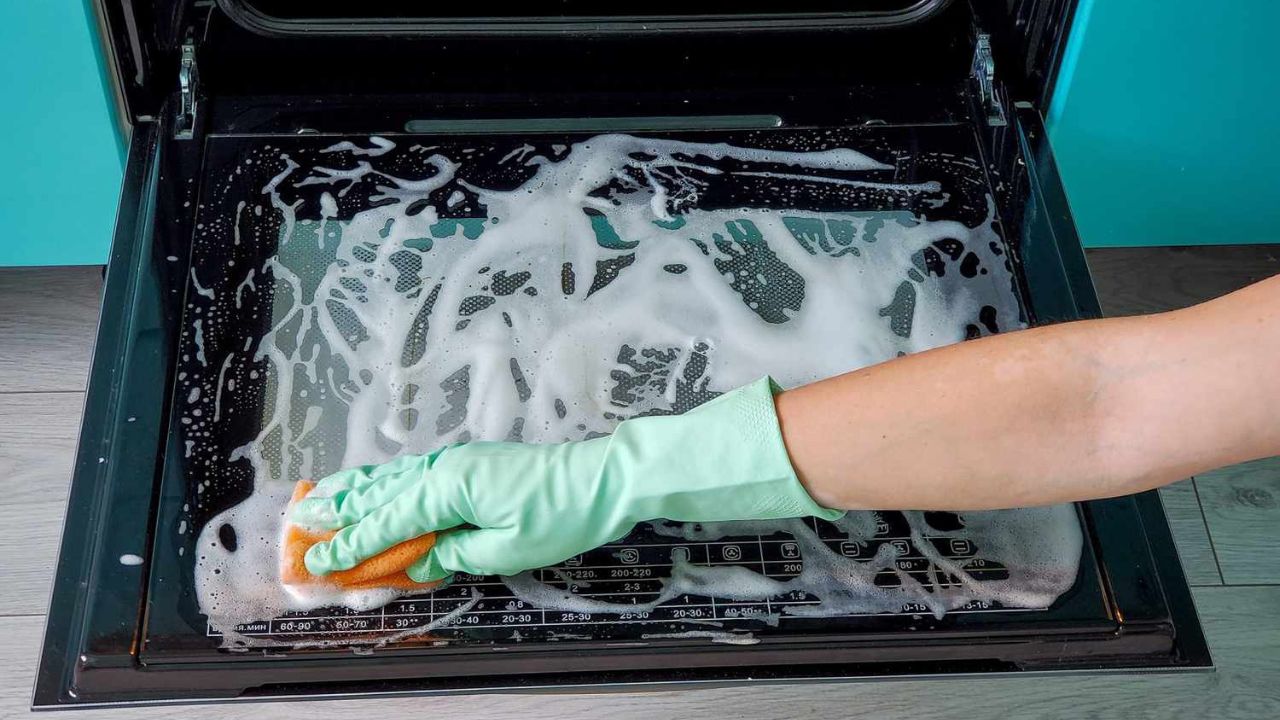
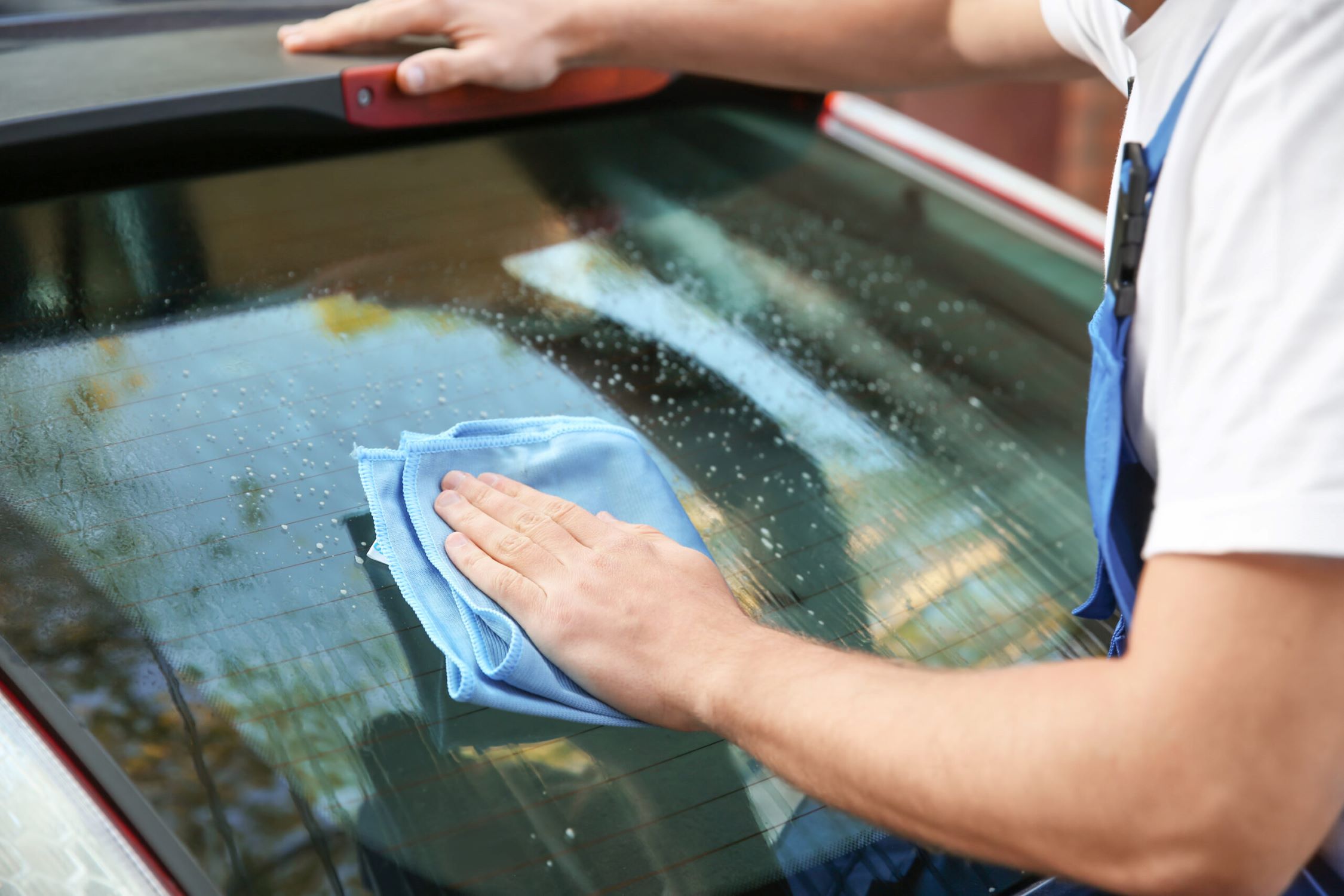
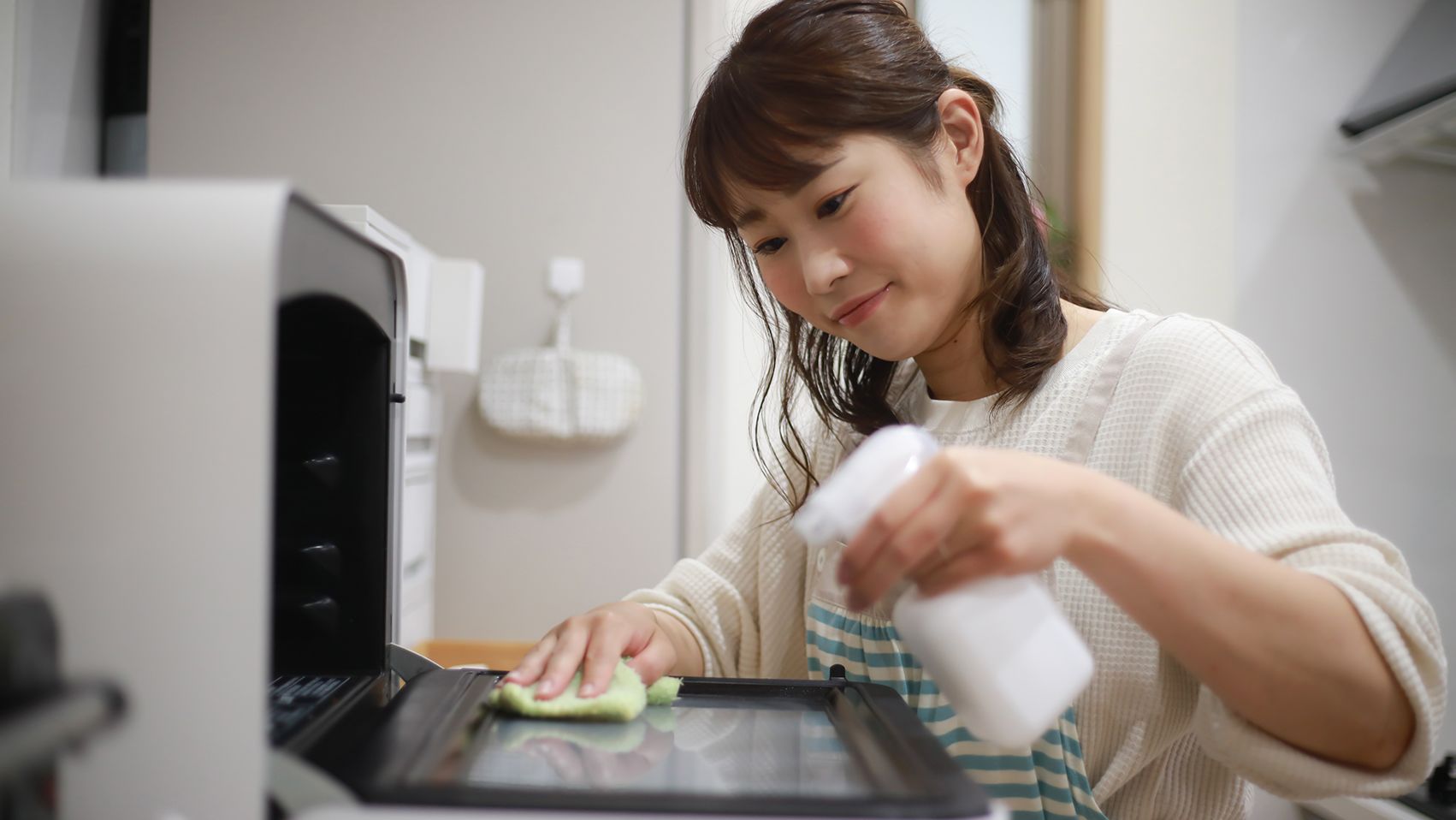
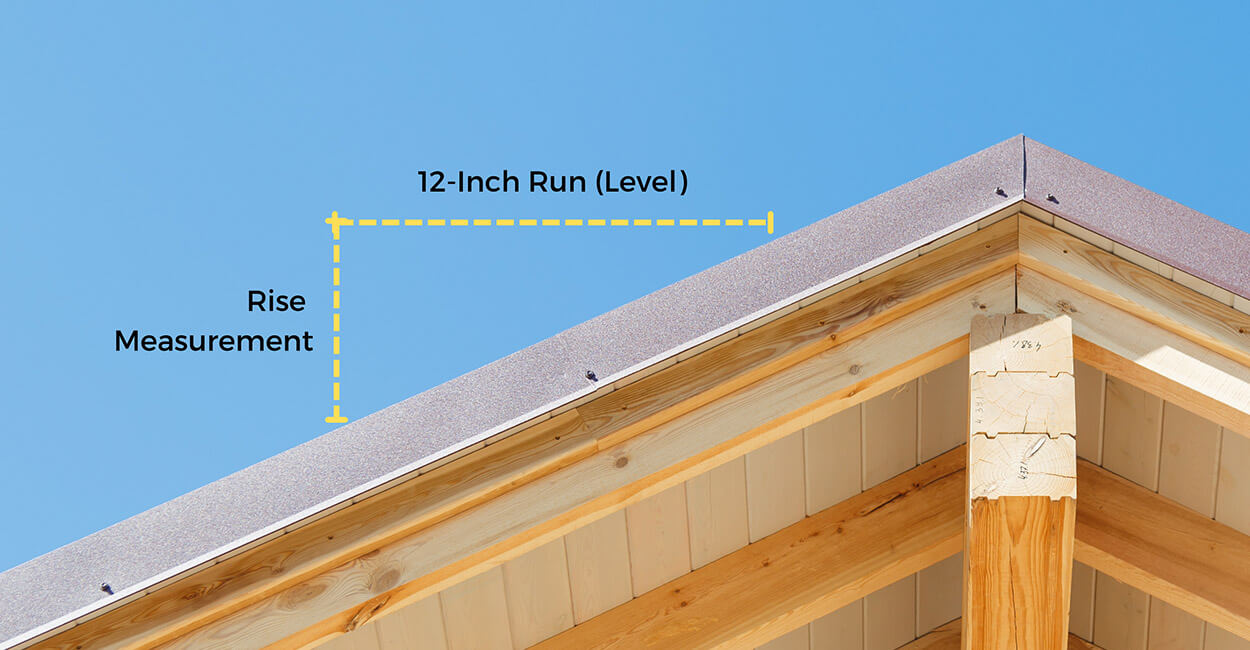
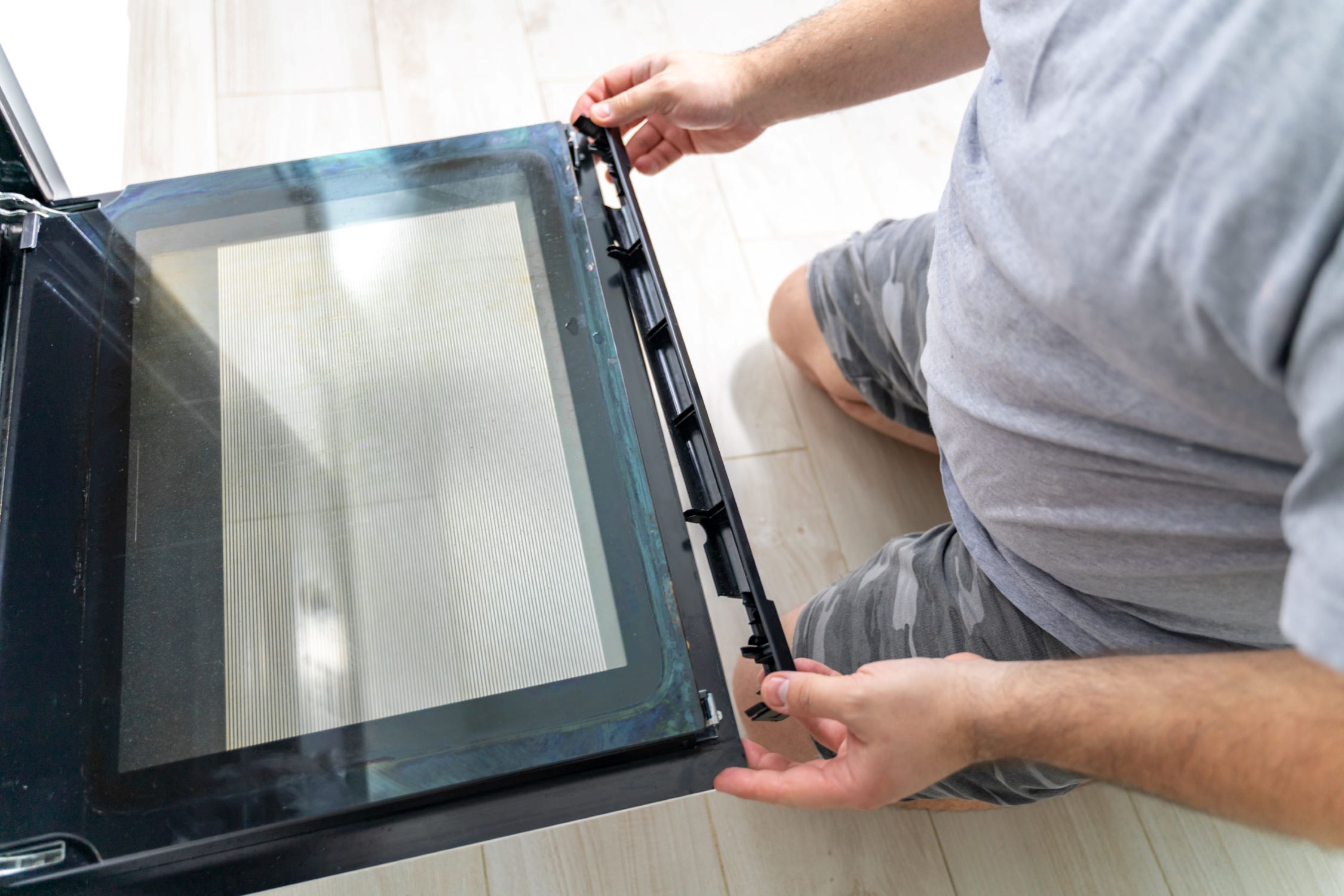
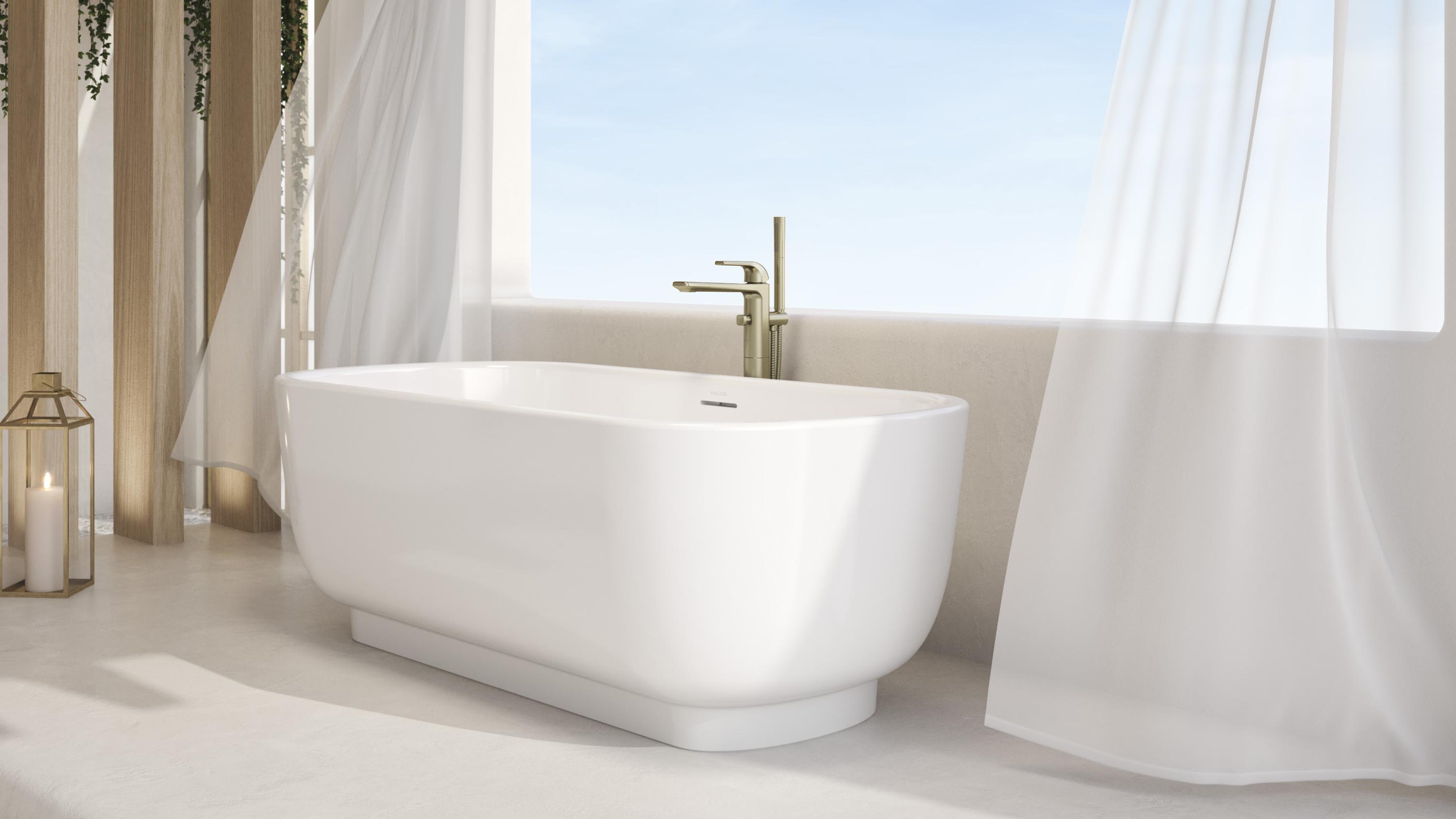
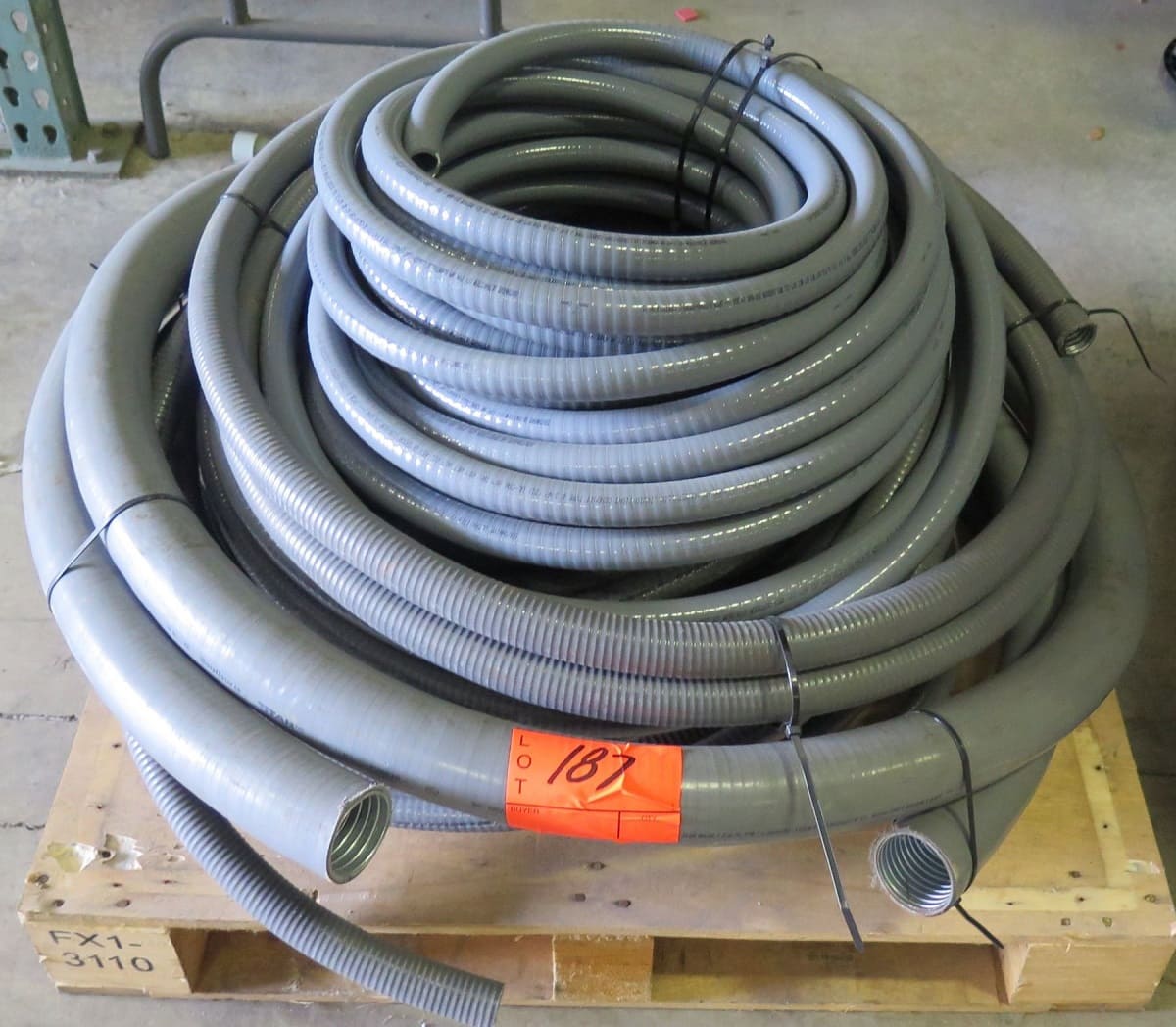
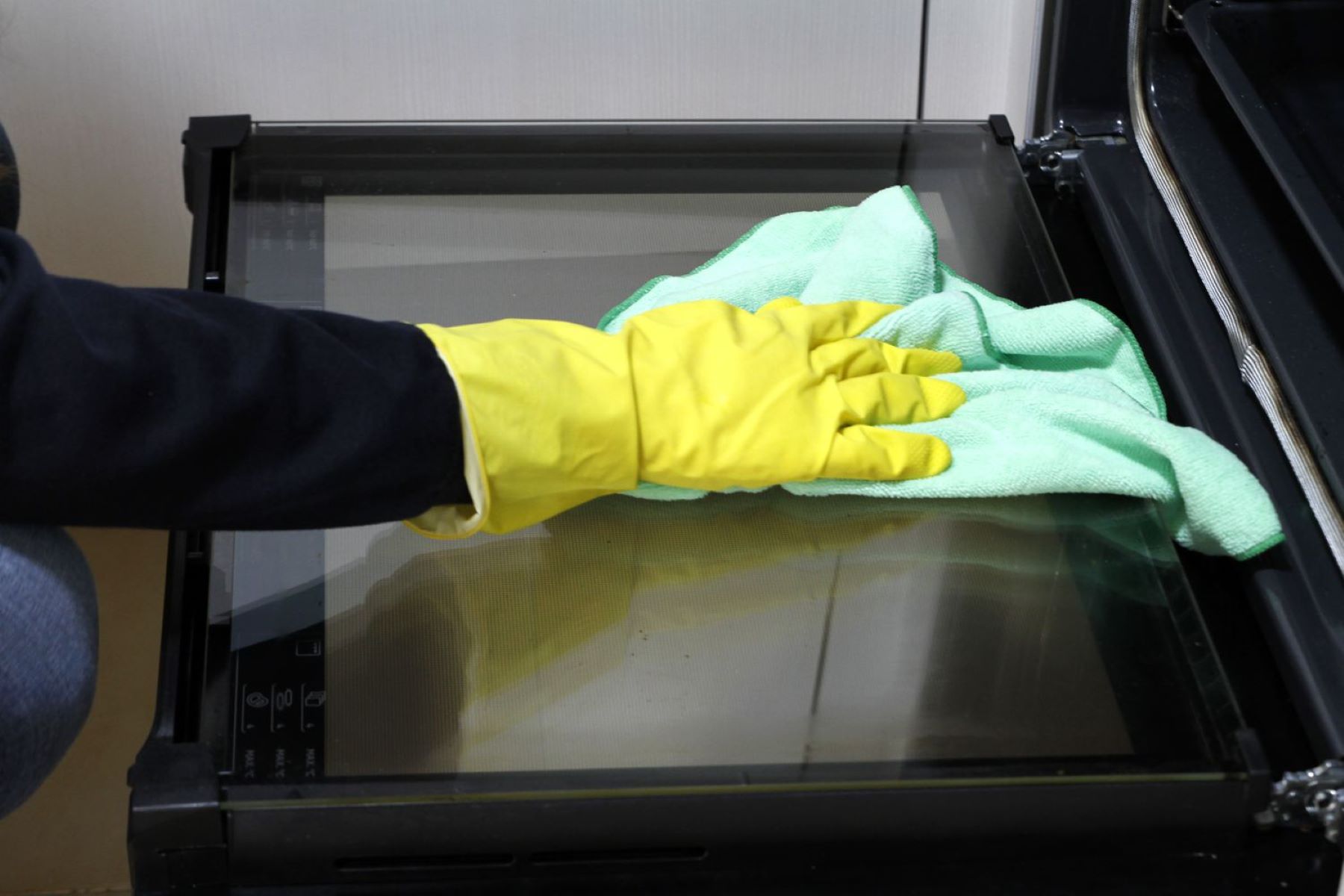
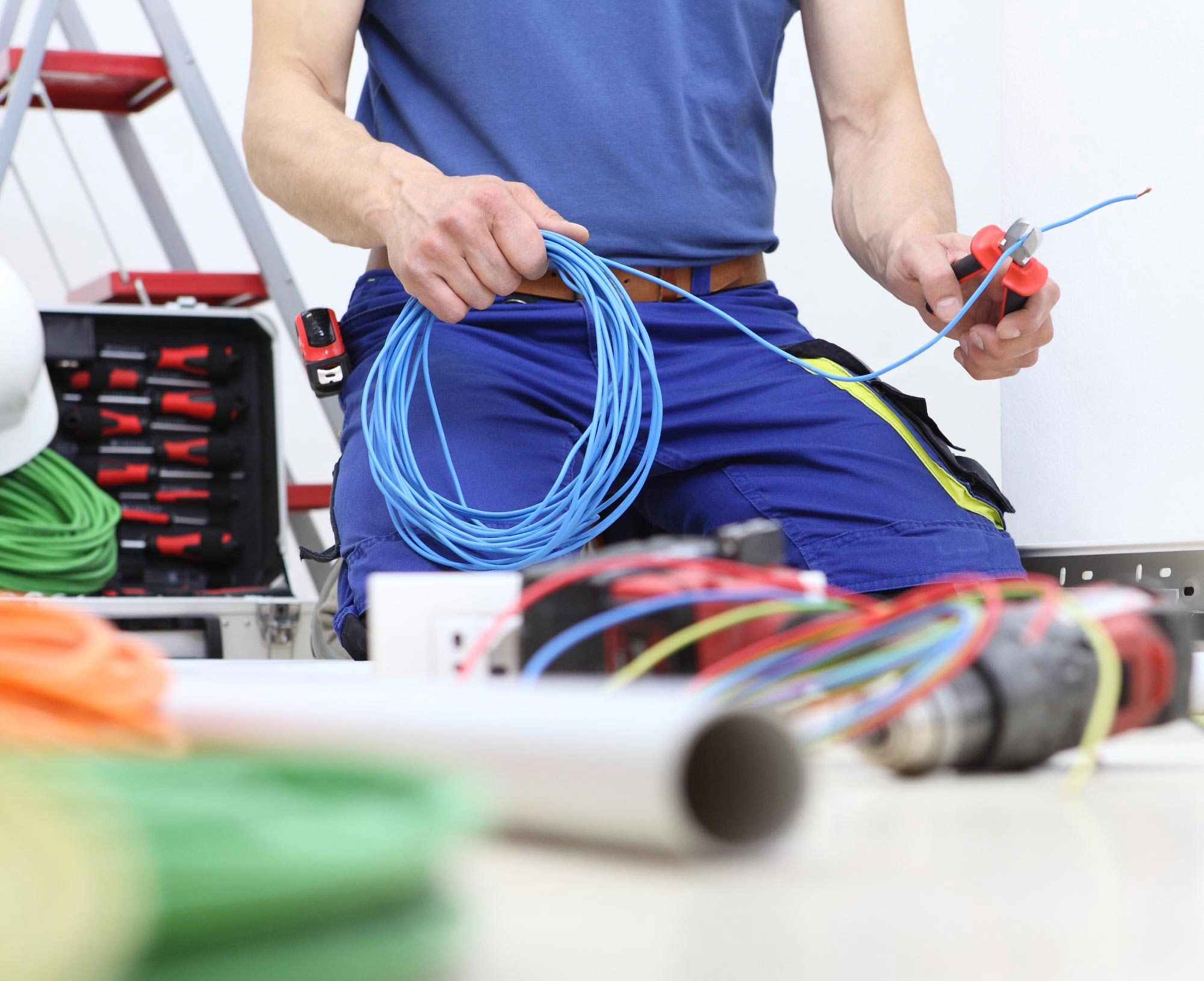
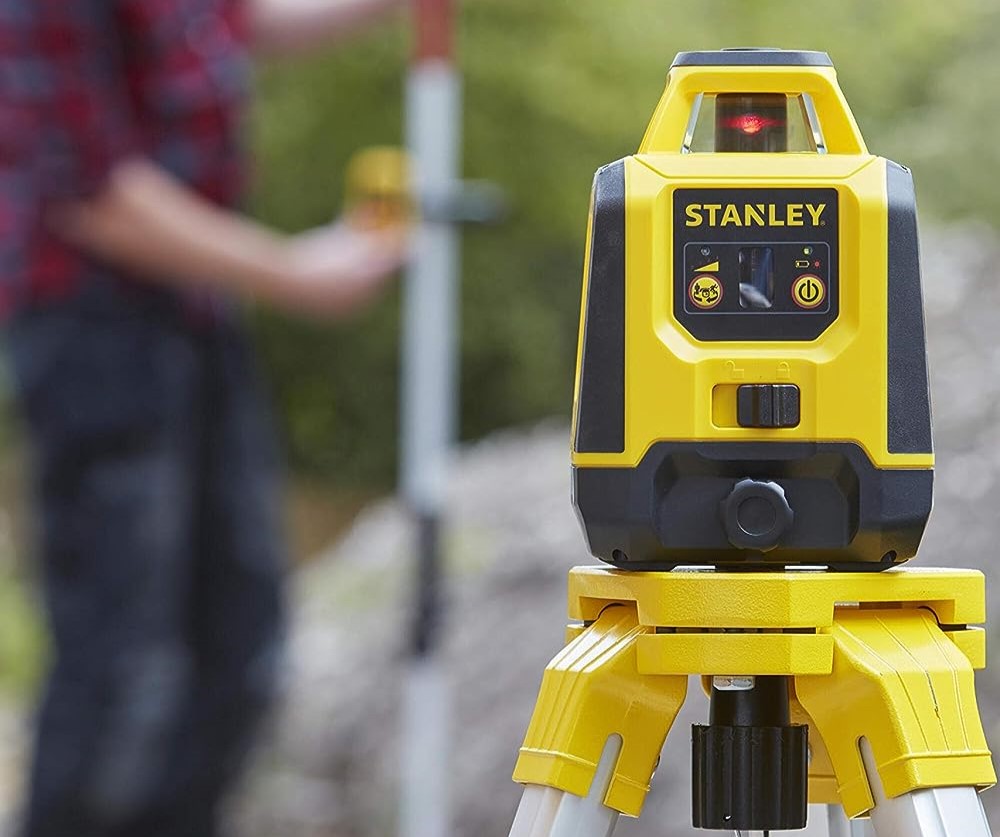
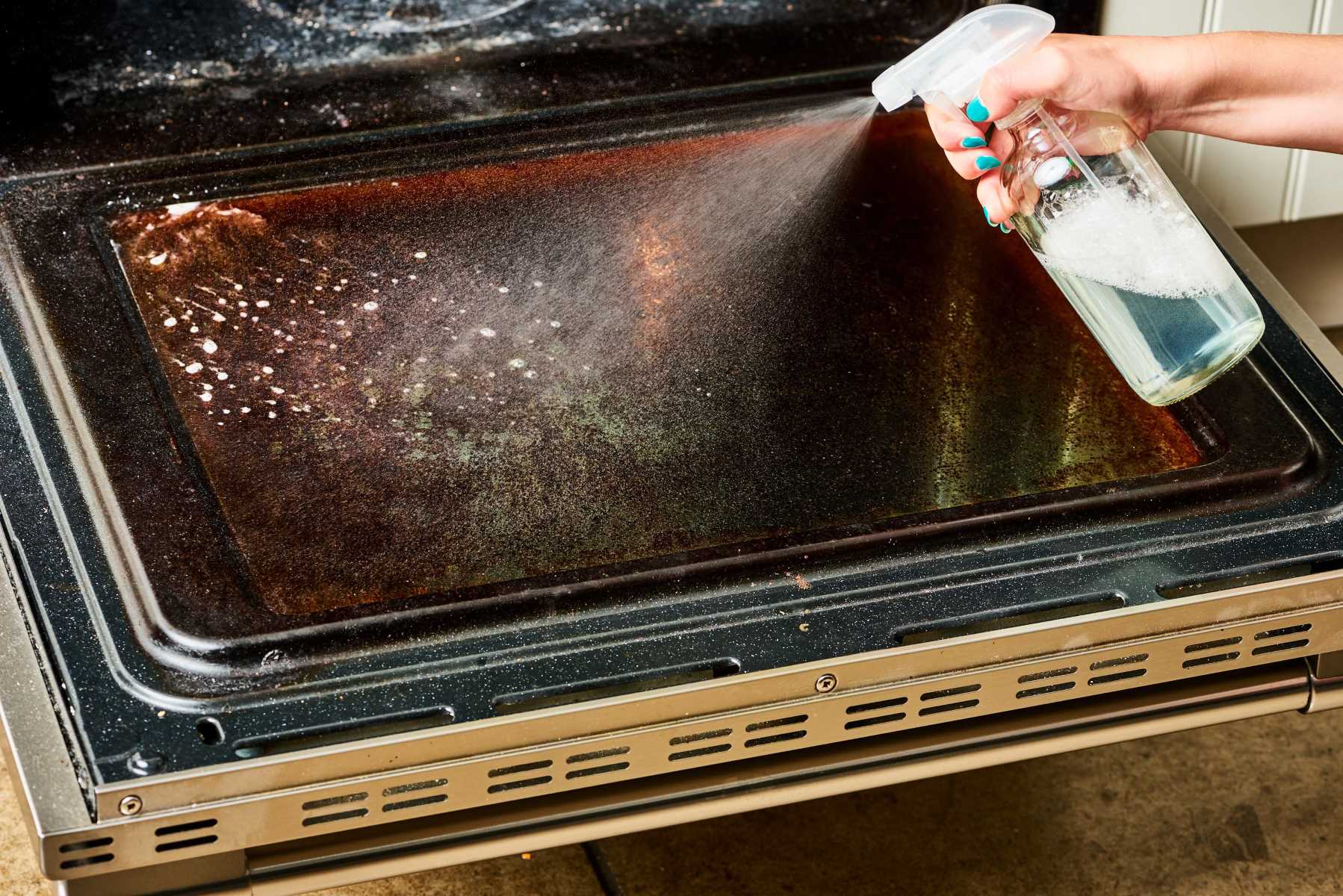
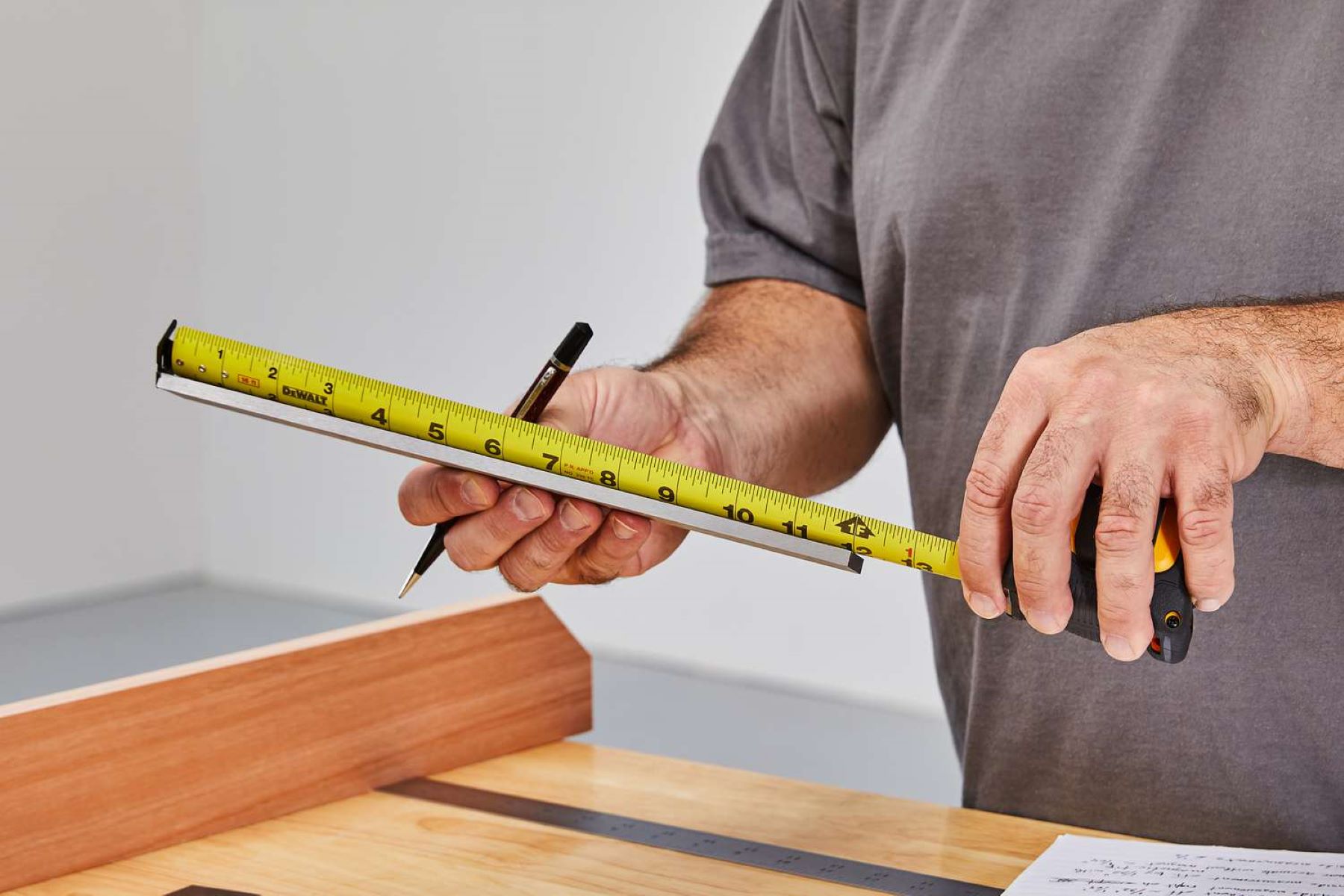

0 thoughts on “How To Determine If Glass Is Oven Safe”